‘First the poor to step on’: Mexico is vaccinating the poor first but is it all just politics?
Against advice, Mexico has started vaccinating the rural poor in the country, an attempt, perhaps, to appear on the right side of the class divide but one that makes little scientific sense, writes Kevin Sieff
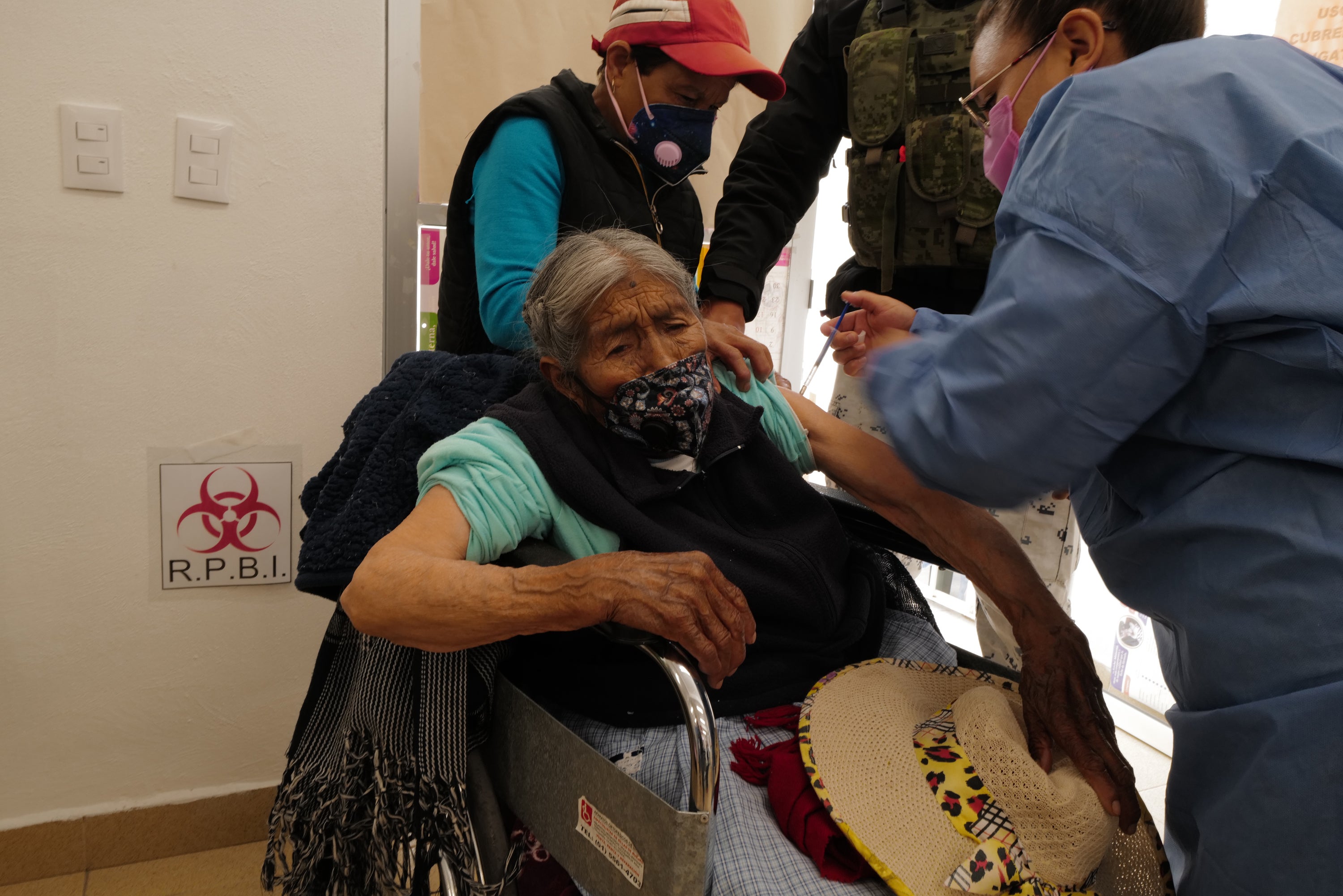
Your support helps us to tell the story
From reproductive rights to climate change to Big Tech, The Independent is on the ground when the story is developing. Whether it's investigating the financials of Elon Musk's pro-Trump PAC or producing our latest documentary, 'The A Word', which shines a light on the American women fighting for reproductive rights, we know how important it is to parse out the facts from the messaging.
At such a critical moment in US history, we need reporters on the ground. Your donation allows us to keep sending journalists to speak to both sides of the story.
The Independent is trusted by Americans across the entire political spectrum. And unlike many other quality news outlets, we choose not to lock Americans out of our reporting and analysis with paywalls. We believe quality journalism should be available to everyone, paid for by those who can afford it.
Your support makes all the difference.Coronavirus vaccines have arrived in San Pedro, a tiny, indigenous town in the hills of central Mexico.
The message blares from a pick-up truck with a megaphone attached to the roof.
Villagers stop what they are doing to listen. How could San Pedro, where nothing ever seemed to happen, become one of the first places in Latin America to vaccinate its residents?
“I thought it must be a lie or a joke,” says Ubaldo Sánchez, 61, who walked off his cornfield, confused and ecstatic, when his daughter ran up to him, shouting the news.
As debate rages around the world about who should be vaccinated first, Mexico has come up with its own unconventional approach – one with no apparent epidemiological foundation. The government of populist President Andrés Manuel López Obrador, who campaigned on the slogan, “First, the poor,” is prioritising the poorest citizens, using the vaccine as a kind of reparation for years of marginalisation.
Teachers in rural villages, some of the country’s poorest farmers and elderly members of far-flung indigenous communities will receive coronavirus vaccinations before almost any of Mexico’s city-dwellers, who have endured the worst outbreaks. In many cases, the rural poor have been vaccinated even before the medical personnel in charge of administering the shots.
It’s an approach that López Obrador’s supporters embrace – proof their president is on the right side of Mexico’s profound class divide. But to many public health professionals, it is scientifically irrational, evidence that politics is distorting the vaccination drive. Most of the communities being prioritised have had relatively low coronavirus caseloads. Most are rural or semi-rural towns, where social distancing was never a challenge.
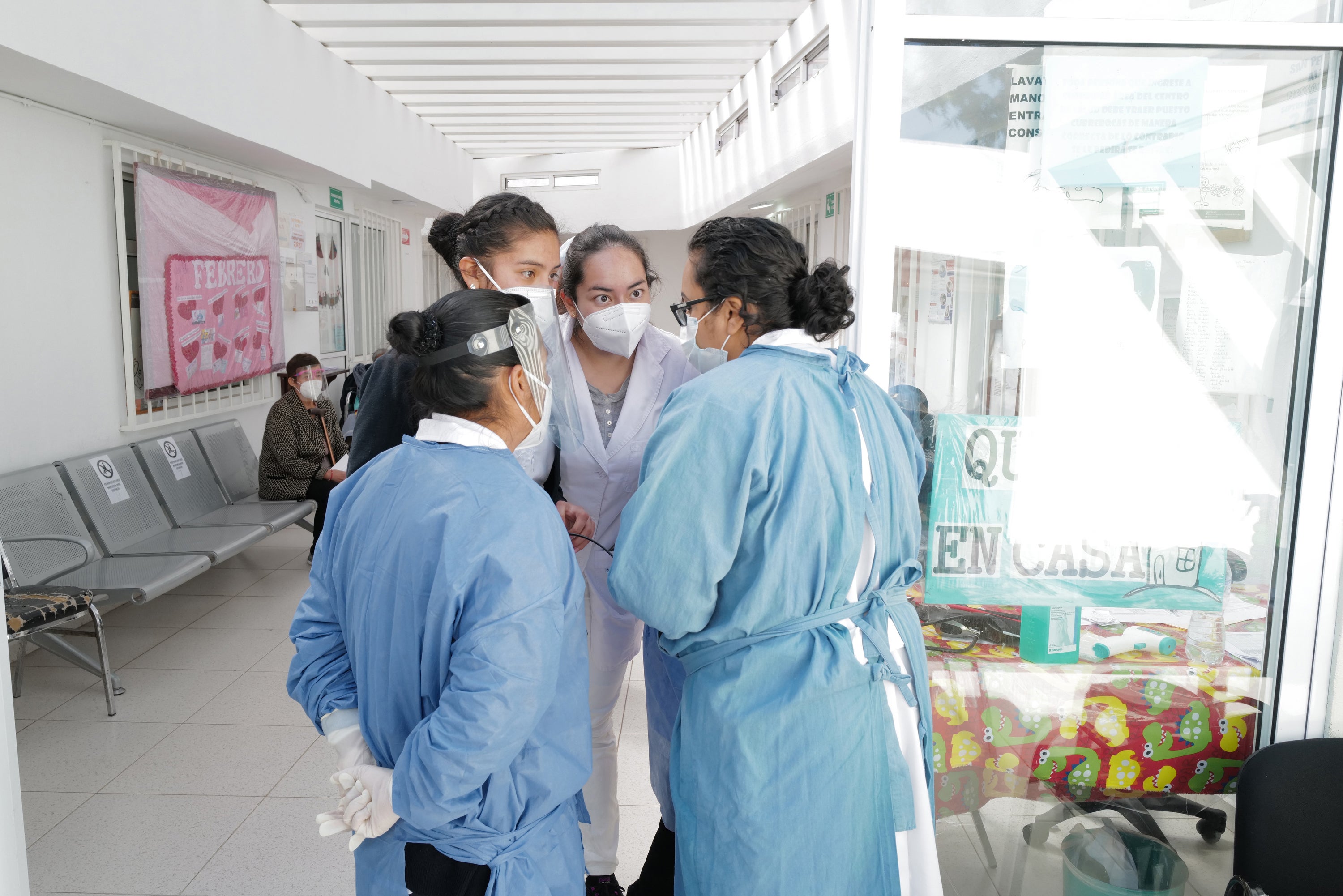
Fernando Petersen Aranguren, the secretary of health in Jalisco state, says: “This is a vision that has no basis in epidemiology. This has nothing to do with public health and doesn’t focus on the need to break the chain of contagion.”
Sr Aranguren wanted to distribute doses in Guadalajara, Mexico’s second-largest city, where more than 71,000 people have been infected with the virus. But instead the federal government, which has near-total control over vaccine procurement and distribution, gave him a list of small towns and villages it told him to prioritise.
He says: “Beginning in major cities with larger outbreaks would have allowed us to reduce our caseload much more effectively.”
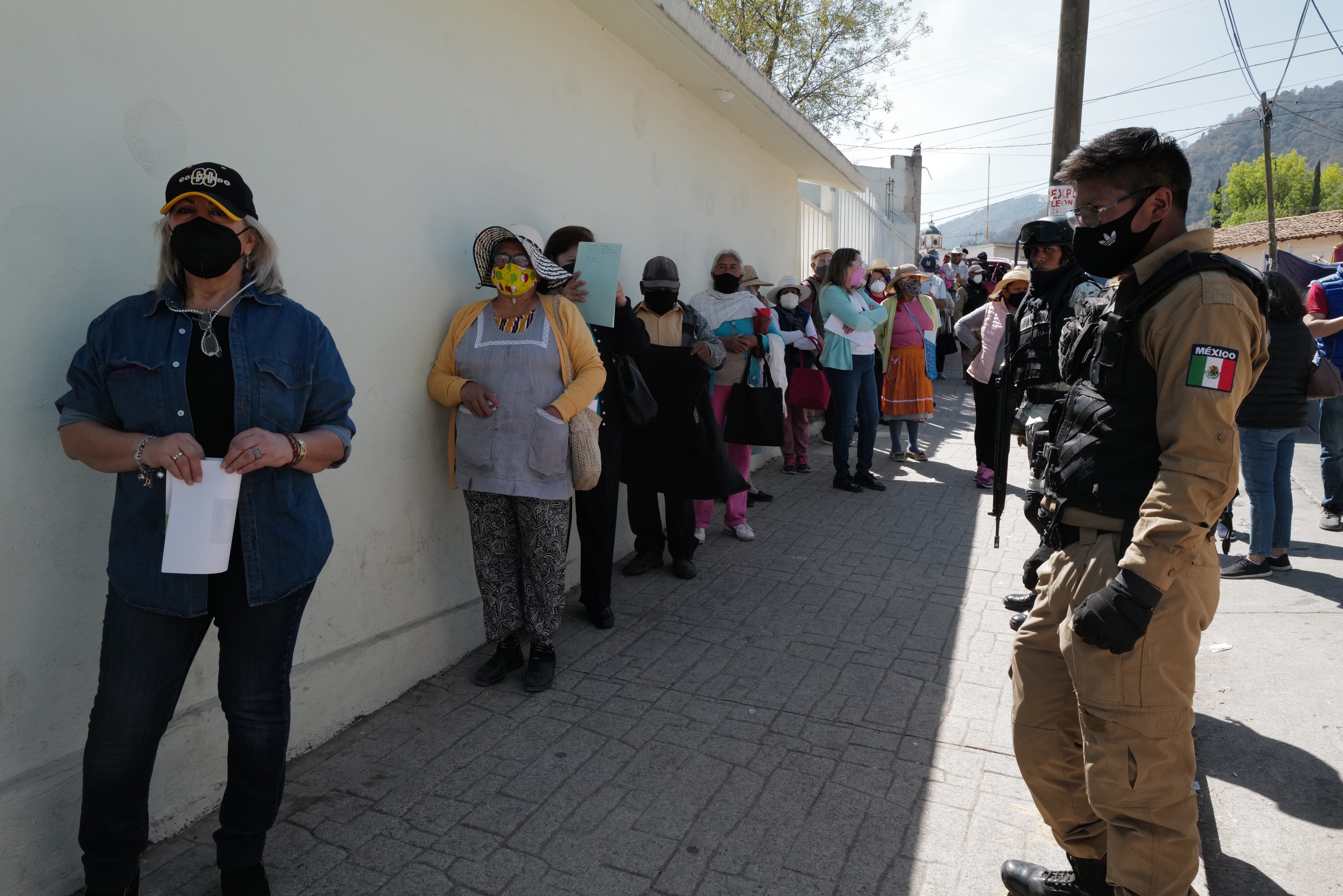
In San Pedro el Alto – population 3,500 – residents over 60 years old, many in colourful traditional dress, line up outside the town’s tiny public health outpost. Federico Hass, 63, rolls up his sleeve for his shot.
He says: “It’s proof that, for our president, wealth doesn’t matter. He’s sending a message to everyone. This isn’t like the United States. This isn’t like Europe.”
But in the government’s rush to get doses to the poor, many of the nurses and doctors in charge of the vaccination programme – including the ones that attend to Sr Hass – have not yet been vaccinated themselves.
Silvia Garcia, one of the nurses assigned to San Pedro, says: “It’s scary to be here, so exposed, without getting the vaccine, but what can we do? We can’t refuse to work.”
Mexico’s government has provided little economic assistance to the country’s poor during the pandemic, even as unemployment has surged
López Obrador has refused to be vaccinated until doses are made available in his Mexico City district. Critics have called the decision a theatrical show of humility. In January, while waiting for the vaccine, López Obrador contracted the virus. The country’s coronavirus czar, Hugo López-Gatell, fell sick too.
Mexico has reported two million coronavirus cases and 182,000 deaths, both considered under-counts. The most severe outbreaks have been in large cities. Mexico City, according to one study, has suffered the worst urban outbreak in the world.
While some of the areas hit hardest have been working-class urban neighbourhoods, Mexicans have watched the pandemic slice through the economic divide. Carlos Slim, Latin America’s wealthiest man, was infected in Mexico City.
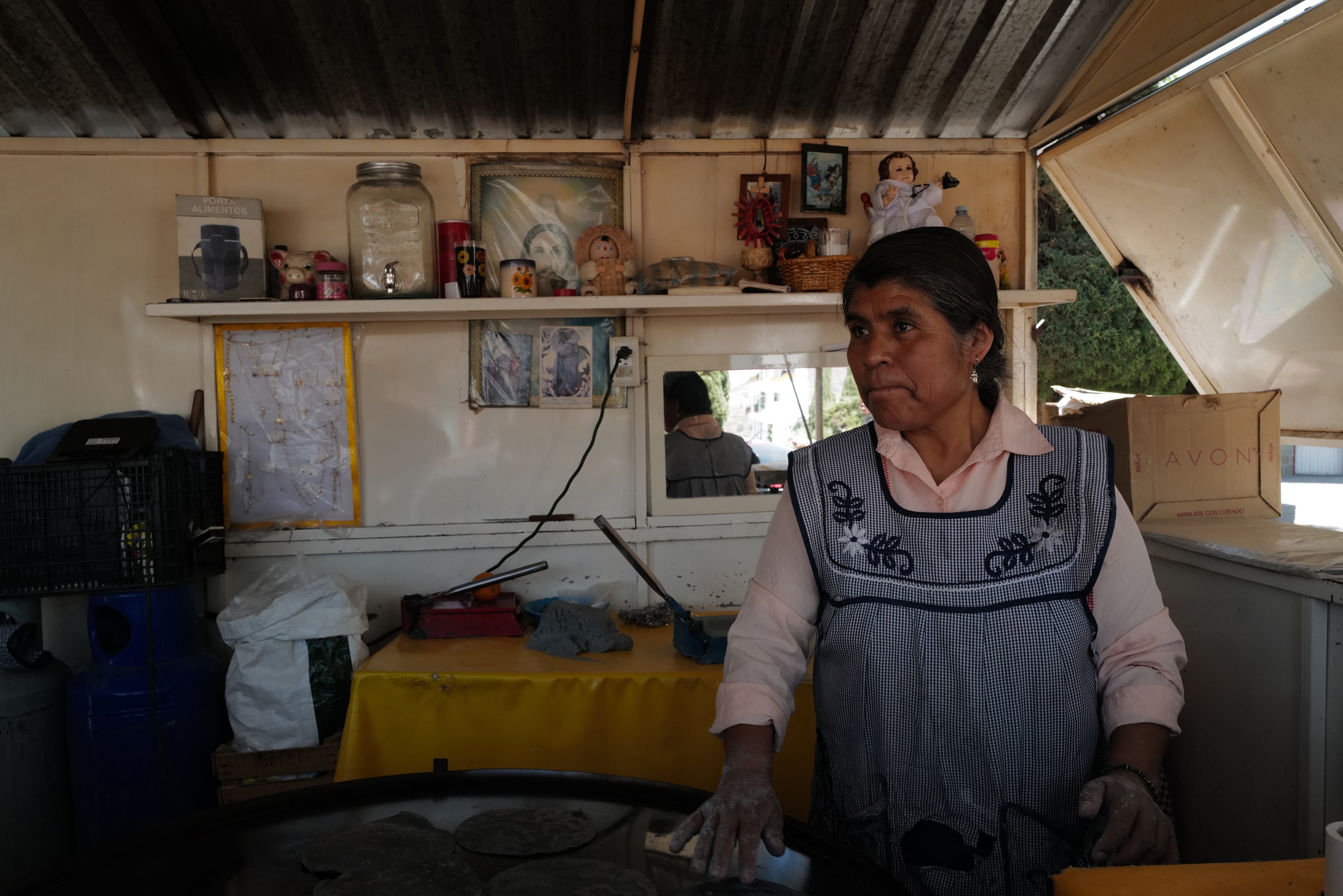
Mexico’s government has provided little economic assistance to the country’s poor during the pandemic, even as unemployment has surged. Yet López Obrador’s approval ratings, in several polls, remain over 60 per cent – proof, some analysts say, of his political mastery.
Many of López Obrador’s followers come from the country’s poorest communities, traditionally neglected by the country’s political elite. They are fiercely loyal to the president, who frames his social policies as a historic effort at narrowing the nation’s stark inequalities. Even a vaccination campaign is an opportunity to showcase his progressive bona fides.
The federal government has taken control of the vaccination programme, choosing which municipalities are prioritised, deploying military units and dispatching doctors, nurses and federal officials as part of vaccination “brigades” in an extensive ground operation.
The government has released a list of 333 “highly marginalised” municipalities that are to receive the first doses.
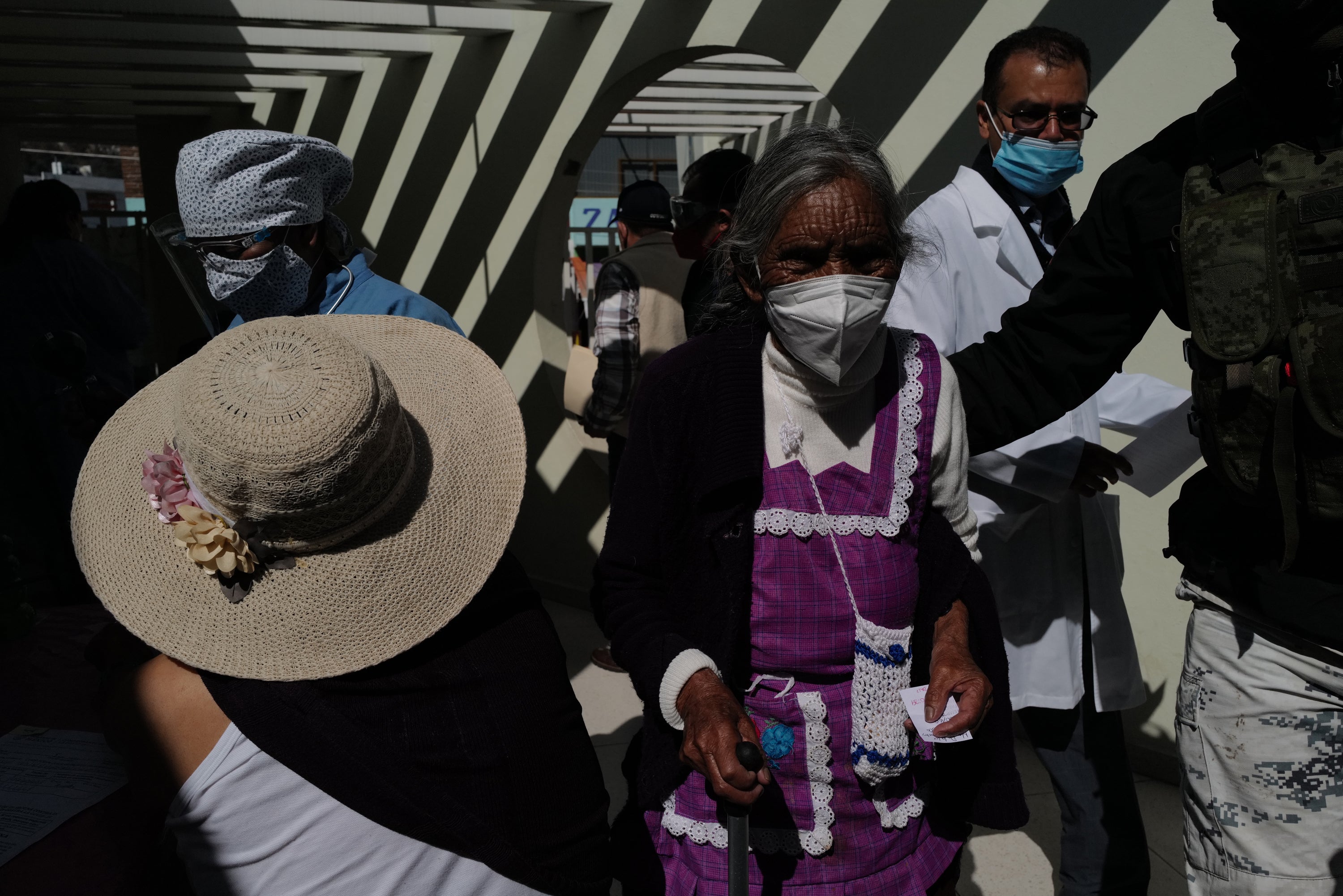
“We are merely starting in the most remote communities, where there are more needs and also where there is not enough health infrastructure to deal with covid cases,” López Obrador says. He dismisses the idea that he is using vaccines for political ends: “It’s offensive.”
Twenty-four of the 333 municipalities, as well as San Pedro el Alto, are in Mexico state. Most are remote and rural – they lie along the winding, narrow roads that climb through the hills. The municipality of San Felipe, where San Pedro is located, has had 392 coronavirus cases out of a population of 121,000.
The state health department questions the federal government’s approach there, too.
Gabriel O’Shea, the state health minister, says: “Although we have been very respectful of the government’s decision, in my opinion we should be prioritising other sub-groups of people at risk, like, for example, those with pre-existing medical conditions and co-morbidities, instead of focusing on geographical criteria.”
In January, the government began vaccinating thousands of teachers in Campeche, one of Mexico’s poorest states. Health workers poured into the streets to protest against the decision, complaining that many nurses and doctors had not yet had their shots.
Next up are the teachers of Chiapas, Mexico’s poorest state. Chiapas and Campeche both have mid-term elections this year, considered a critical test for López Obrador’s Morena party – a link frequently drawn by critics.
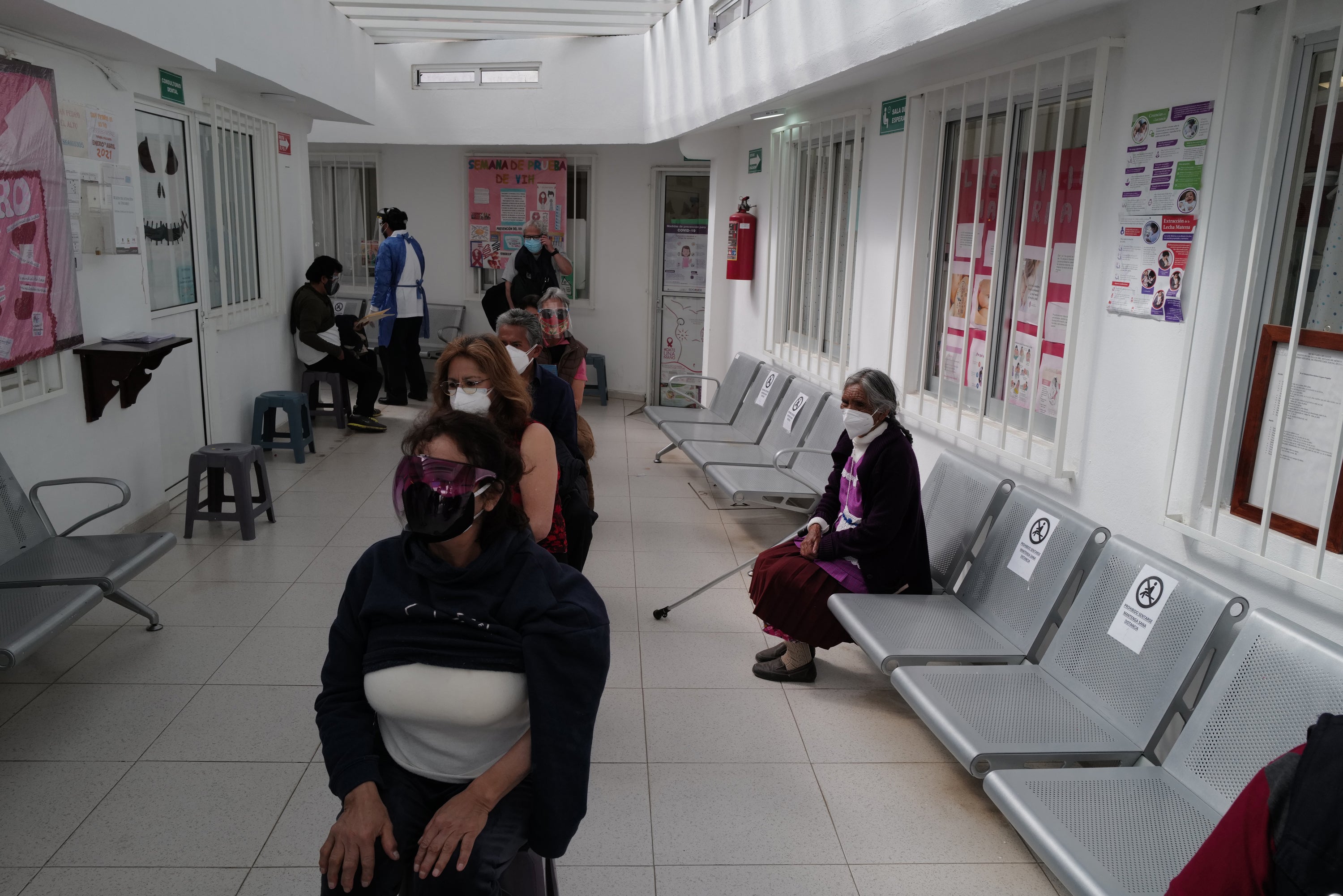
In some countries, residents of small towns are expected to travel to the nearest urban centre to be vaccinated. In Mexico, the opposite is happening. Some people have begun to drive from major cities to the tiny marginalised towns prioritised by the federal government. Some are being turned away but in San Pedro el Alto, they were allowed in.
Carlos Vilachis, a merchant from Toluca, the state capital, travelled to several prioritised rural communities before he found a spot in San Pedro el Alto. He is grateful for the vaccine but criticises the approach that left him unable to get it in his city.
He says: “I understand and applaud they are giving it to those who have no access to medical services in these communities but they should not disregard the big cities where there are a lot of more cases.”
Public health analysts outside the government agree.
Xavier Tello, a health policy analyst in Mexico City, says: “The rationale is: ‘We are doing it this way because it is time to make justice.’ The problem is that the government has not shown any evidence that supports the epidemiological calculus behind this decision. They have not shown any evidence of higher mortality rates in those places, and so they are wasting vaccines and diverting them from places where they are more needed.”
Even in San Pedro, pride that the town had been chosen as a vaccination destination quickly changed into anger. So many people had arrived from neighbouring municipalities that health workers quickly ran out of doses.
One morning, a few hundred people gathered in the central plaza. Many of them had travelled across the state the night before and slept on the ground in hope of securing a place in line. Then, they were informed that there were no doses left for them.
Moisés García Sánchez, a retired lawyer wearing a cowboy hat, who had arrived at 4am from a nearby town, was furious and disappointed about making the trip after getting his hopes up.
He says: “ ‘First, the poor’? First the poor to step on is what he really means. It’s just a political slogan for him.
“Now, we will never be able to get the vaccine,” he mutters, angrily.
© The Washington Post




Join our commenting forum
Join thought-provoking conversations, follow other Independent readers and see their replies
Comments